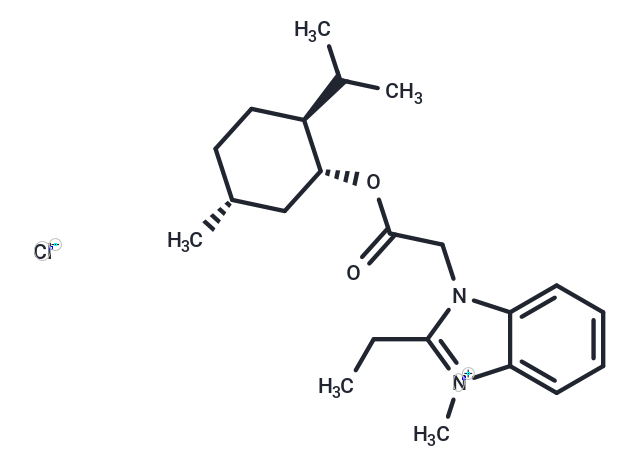Shopping Cart
- Remove All
 Your shopping cart is currently empty
Your shopping cart is currently empty

Gboxin is an inhibitor of oxidative phosphorylation that targets glioblastoma,inhibits the activity of F0F1 ATP synthase, with antitumour activity.

| Pack Size | Price | Availability | Quantity |
|---|---|---|---|
| 1 mg | $39 | In Stock | |
| 5 mg | $89 | In Stock | |
| 10 mg | $142 | In Stock | |
| 25 mg | $286 | In Stock | |
| 50 mg | $449 | In Stock | |
| 100 mg | $713 | In Stock | |
| 200 mg | $985 | In Stock | |
| 1 mL x 10 mM (in DMSO) | $98 | In Stock |
| Description | Gboxin is an inhibitor of oxidative phosphorylation that targets glioblastoma,inhibits the activity of F0F1 ATP synthase, with antitumour activity. |
| In vitro | Gboxin, a small molecule that specifically inhibits the growth of primary mouse and human glioblastoma cells but not that of mouse embryonic fibroblasts or neonatal astrocytes.?Gboxin rapidly and irreversibly compromises oxygen consumption in glioblastoma cells.?Gboxin relies on its positive charge to associate with mitochondrial oxidative phosphorylation complexes in a manner that is dependent on the proton gradient of the inner mitochondrial membrane, and it inhibits the activity of F0F1 ATP synthase.?Gboxin-resistant cells require a functional mitochondrial permeability transition pore that regulates pH and thus impedes the accumulation of Gboxin in the mitochondrial matrix.?Administration of a metabolically stable Gboxin analogue inhibits glioblastoma allografts and patient-derived xenografts.?Gboxin toxicity extends to established human cancer cell lines of diverse organ origin, and shows that the increased proton gradient and pH in cancer cell mitochondria is a mode of action that can be targeted in the development of antitumour reagents. |
| Molecular Weight | 392.96 |
| Formula | C22H33ClN2O2 |
| Cas No. | 2101315-36-8 |
| Smiles | [Cl-].CCc1n(CC(=O)O[C@@H]2C[C@H](C)CC[C@H]2C(C)C)c2ccccc2[n+]1C |
| Relative Density. | no data available |
| Storage | Powder: -20°C for 3 years | In solvent: -80°C for 1 year | Shipping with blue ice. | |||||||||||||||||||||||||
| Solubility Information | H2O: 10 mg/mL (25.45 mM), Sonication is recommended. DMSO: 13 mg/mL (33.08 mM), Sonication is recommended. | |||||||||||||||||||||||||
Solution Preparation Table | ||||||||||||||||||||||||||
H2O/DMSO
| ||||||||||||||||||||||||||

Copyright © 2015-2025 TargetMol Chemicals Inc. All Rights Reserved.